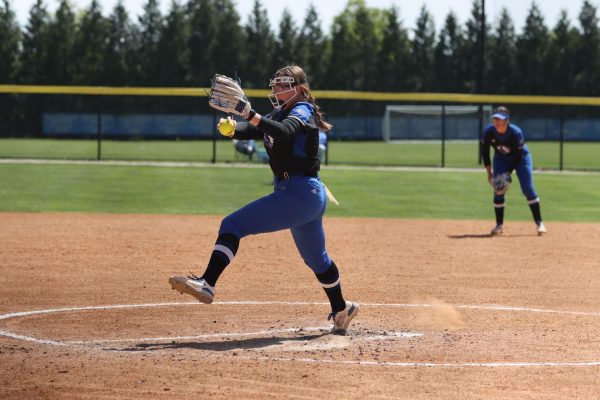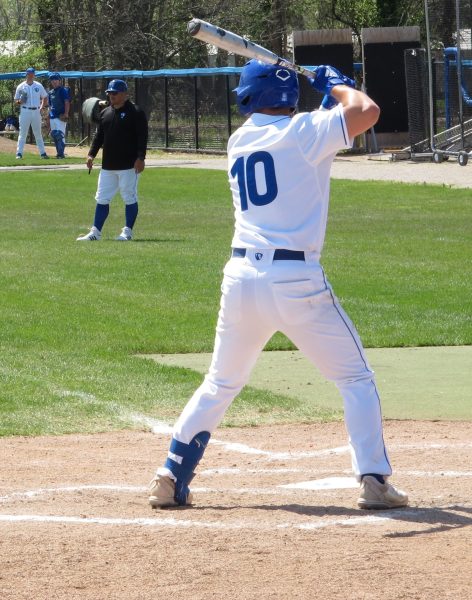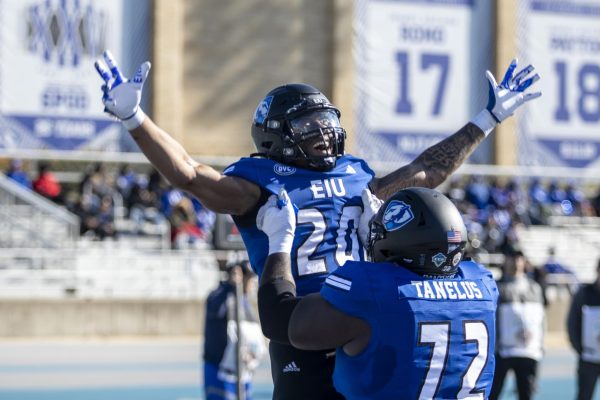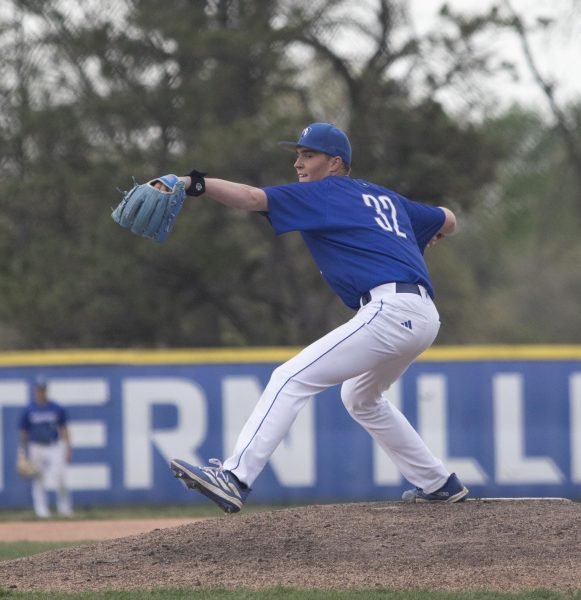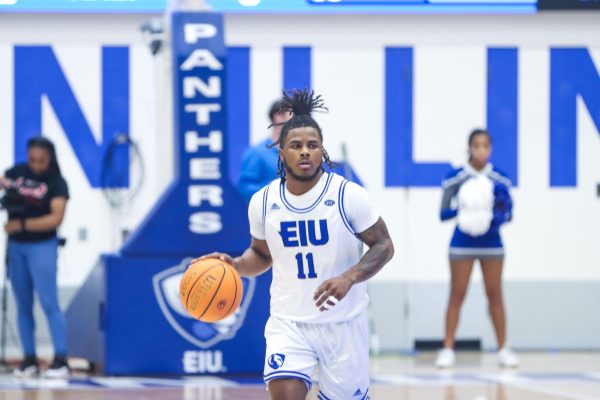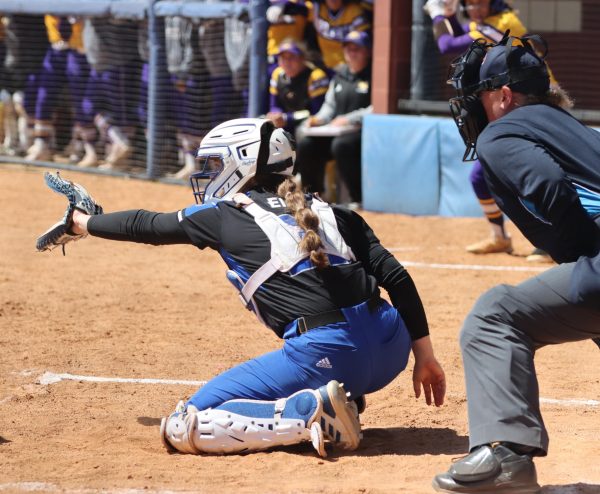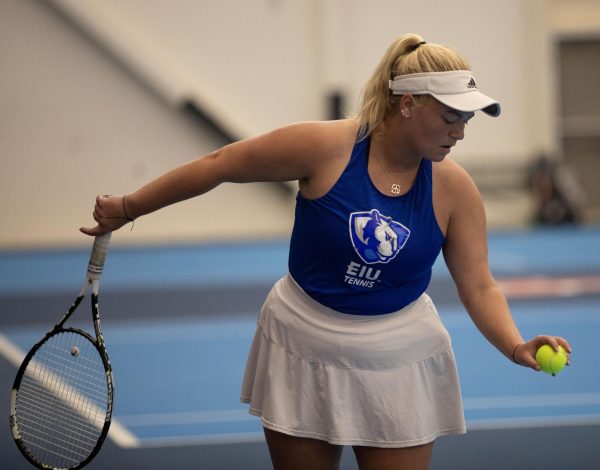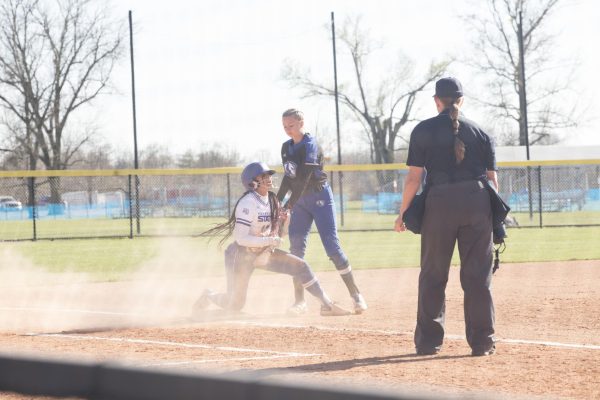Athletes excel in classroom
The performance of student-athletes and an overview of the university athletics department was one of a few discussions at the faculty senate meeting Tuesday.
NCAA faculty representative Gail Richard reported on the graduation rates of student-athletes, grade point averages and what is necessary for these athletes to perform at the level they do.
The recent statistics show out of about 500 student-athletes in the 22 intercollegiate sports offered at Eastern, 45 percent of them have a GPA above 3.0. Their graduation rates exceed those of undergraduate students by 3 percent and both are equal with an average 2.7 on overall GPAs.
Despite Eastern maintaining the highest graduation rate in the Ohio Valley Conference and second in the state behind the University of Illinois, they still have competitive athletic programs, Richard said.
“These teams are competitive,” she said. “It is not like we just put a bunch of players out on the field.”
Eastern’s athletic department is unique in what the coaches personally expect academically, said senate member Reed Benedict. From his experience at other institutions, he said other schools sometimes will expect instructors to make exceptions for athletes
“This is the first time a (coach) didn’t call me and ask for a favor… an allowance for a student,” Benedict said.
Richard also highlighted the extra responsibilities student athletes have to take on. She said students’ classroom attendance is looked at very closely to make sure they are performing in both their respective sport and in the classroom.
“(Attendance) is monitored very carefully so students are in classes,” Richard said. “If a student doesn’t show up to classes they do not play.”
Richard also said many of the students coming to Eastern for athletics say they want to stay here because of the academics.
Other topics of discussion consisted of coaches’ salaries, the current facilities offered to Eastern athletes and equity among the men and women’s sports.
Richard said that they want to do the opposite of what some schools have done when introduced with budget problems by not cutting minor sports.



































